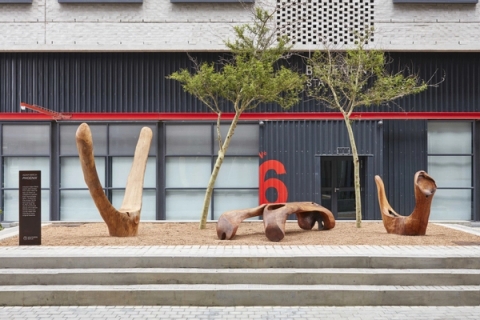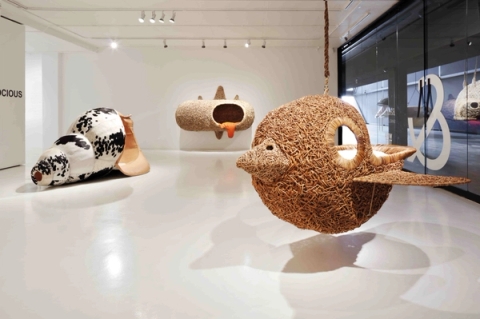My Enquiry (0)
No artwork has been selected.
Please choose an artwork to enquire.
Enquiry Submitted
Thank you for your enquiry and interest in our artists’ work. A member of the gallery team will respond shortly.
000%
25 April 2018 - 11 July 2018
Adam Birch’s first solo presentation of functional timber sculpture, Bifurcation, locates the essence of each tree in the twisting forms of its forked branches. Birch wrestles with this junction of energy, often considered too dense to work with, extracting their poetic form.
Southern Guild is pleased to present Bifurcation, the first solo presentation of functional timber sculptures by Adam Birch.
Birch grew up on a farm in the Cape Winelands, where his love of trees began, playing in the forests as a child. He completed a Fine Art degree in 2000, majoring in Applied Graphics, but always dreamed of becoming a full-time sculptor. Shortly thereafter he became a tree surgeon and in his spare time, began to work with pieces from the dead trees he was cutting down, transforming them into innovative sculpted furniture. A passionate environmentalist, Birch cuts down only alien tree species and uses indigenous wood from trees that have already fallen.
The pieces in Bifurcation have all been carved from the part of the tree that carpenters usually discard: the fork. At this junction – where the trunk bifurcates into two branches – the wood grain becomes twisted and dense, making it difficult to cut, but in the anatomy of a tree, the fork is a key point determining its stability. The natural shape of each piece informs the sculptural approach, and although the end result is refined and sophisticated, the essence of the individual tree is still present.




